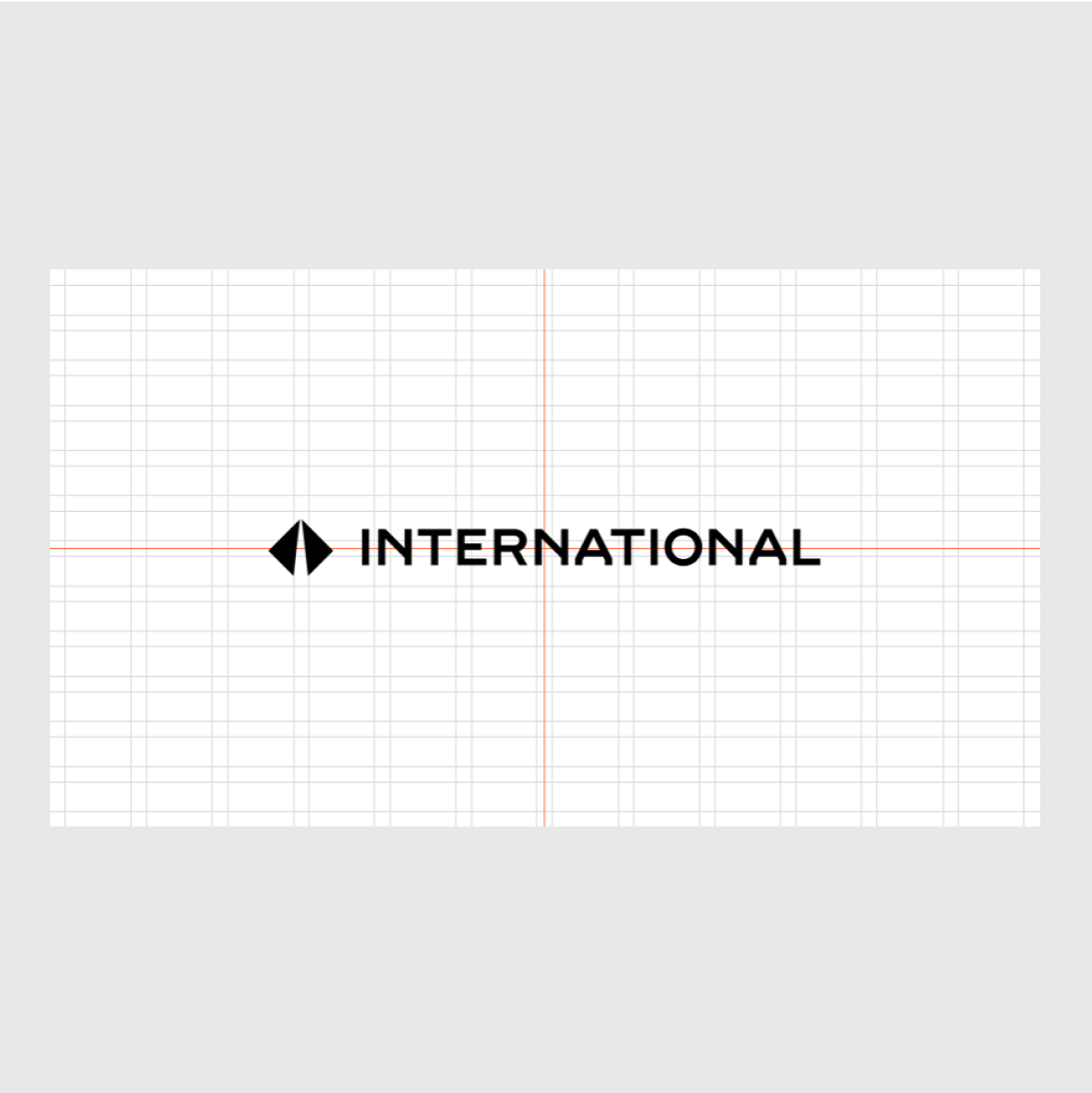Motion principles
Motion design is an important element of contemporary branding to enhance the digital brand experience. It adds dynamism and energy while preserving visual consistency. Motion plays an integral part in the visual language and provides both emotional and functional experiences. It always serves a purpose — guiding, engaging, supporting and moving us throughout the entire experience.
The Rhythm of the Road
The Rhythm of the Road approach takes inspiration from the intricate choreography daily occurring on streets, highways and roads. It reflects the ebb and flow of traffic, the acceleration and deceleration when navigating a city and the twists and turns of a rural road.
Just like a well-conducted orchestra, the Rhythm of the Road creates coordination and synchronization across the brand, informing how we move. It guides us from the rapid acceleration of delivering notifications in UI to the slower, cruise pace in which we can tell a story across a brand film.
Capturing the movement along the journey
Motion is an integral part of a journey. A movement from one destination to another where rhythm and speed vary. Fast or slow. Long or short. Drawing inspiration from the road as we travel from point A to point B — and the events along the way — we can create a system that enhances both clarity and visibility.
Driving is motion
Motion is an integral part of a journey. A movement from one destination to another where rhythm and speed vary. Fast or slow. Long or short. Drawing inspiration from the road — as we travel from point A to point B, and the events along the way — we can create a system that enhances both clarity and visibility.
Motion is an integral part of a journey. A movement from one destination to another where rhythm and speed vary. Fast or slow. Long or short. Drawing inspiration from the road — as we travel from point A to point B, and the events along the way — we can create a system that enhances both clarity and visibility.
Principles
Motion design principles refer to the fundamental guidelines and concepts that govern the creation of animations and dynamic visual elements in various media, including digital interfaces, films, advertisements and more. These principles help designers and animators communicate effectively, engage audiences and create visually compelling and coherent motion experiences.

Motion has the ability to adapt and scale to meet the needs of different environments and the brand while connecting and creating a unified expression.

Motion emphasizes particular moments in the user journey by adding character to familiar interactions and can be used to express a brand’s tone and style.

Motion helps to focus the user's attention on the essentials by creating a visual hierarchy and providing direction without causing unnecessary distractions.

Primitives
Primitive values are at the core of our motion expression. When combined, the Easing Curves, Duration and Core Dynamics elements connect to create a coherent and consistent fluid choreography.
Primitives convey the technical aspects of a motion language. These values are at the core of our motion expression and establish how to animate objects and the relationships between them.
Usage inspiration
Below are indicative visual examples of how to use the motion principles. These examples should be used as inspiration, informing both employees and partner agencies how to use the brand identity. While these assets show best practice, they may not accurately represent how specific applications look in reality.


